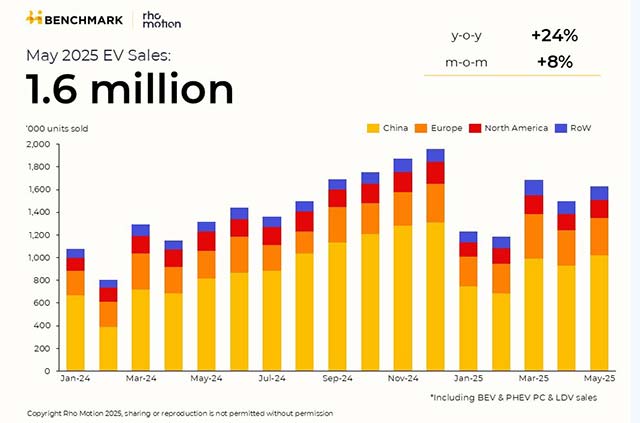Switchable Reaction Pathways of Dynamic Integration for Selective CO2‐to‐Ethanol Conversion
Advanced Energy Materials, EarlyView.

Through rational design of ligand-mediated derivative Cu electrodes, in situ dynamic sites dissociation adsorption occurred during the CO2RR. This phenomenon drives a switchable catalytic pathway, creating an optimal binding environment for the formation of key intermediates, effectively promoting C-C coupling and proton-coupled electron transfer, and achieving selective conversion of CO2 to ethanol.
Abstract
C-C coupling is a crucial step for electrocatalytic reduction of CO2 to valuable multi-carbon (C2+) products, but the static reactive sites in traditional catalyst design often unfavorable for this process. Herein, a dynamic integration strategy is reported that the derivative Cu electrode with mellitic acid ligand complexes (ED/Cu-c), which enables selective CO2 conversion through switchable reaction pathways. The optimized ED/Cu-c catalyst exhibits an excellent Faradaic efficiency of 58.9% toward ethanol production, with remarkable operational stability over 200 h. Time-dependent elemental analysis demonstrates the occurrence of the in situ dynamic site dissociative adsorption reaction during the CO2 reduction reaction, leading to seek the switchable rate-limiting step with a lower activation energy. Density functional theory calculations demonstrate that the switchable reaction pathways reduce reaction energy barrier of C-C coupling and facilitates proton-coupled electron transfer. This work provides a promising approach for developing high-performance electrocatalysts through dynamic in situ engineering.
















































































































































